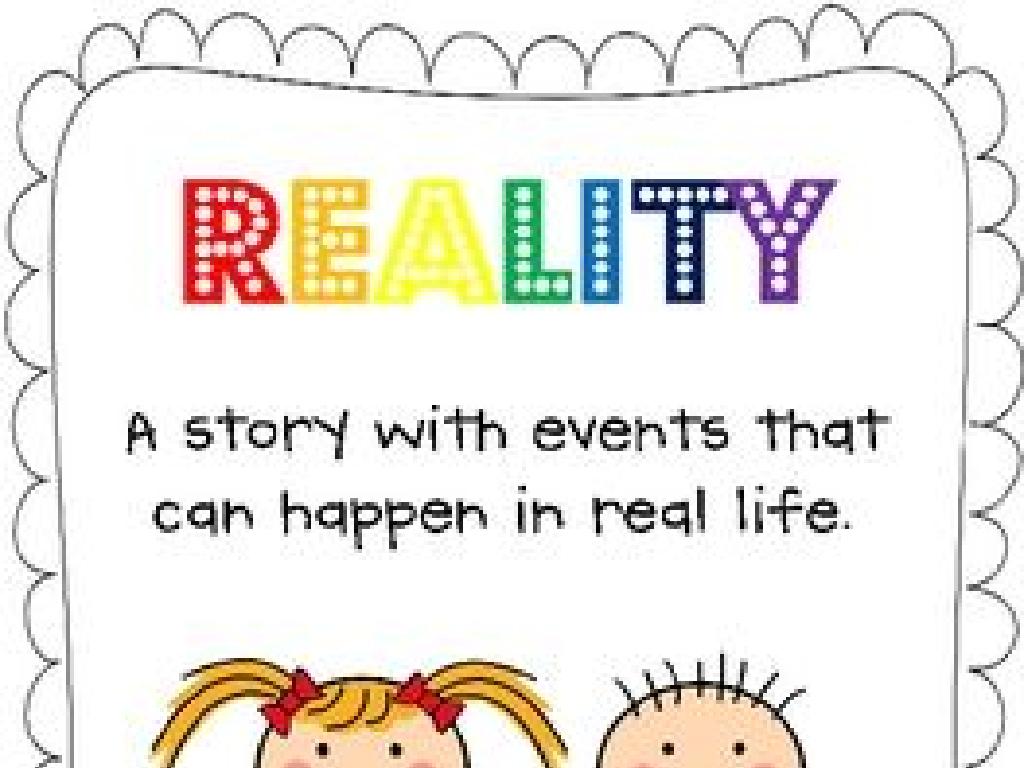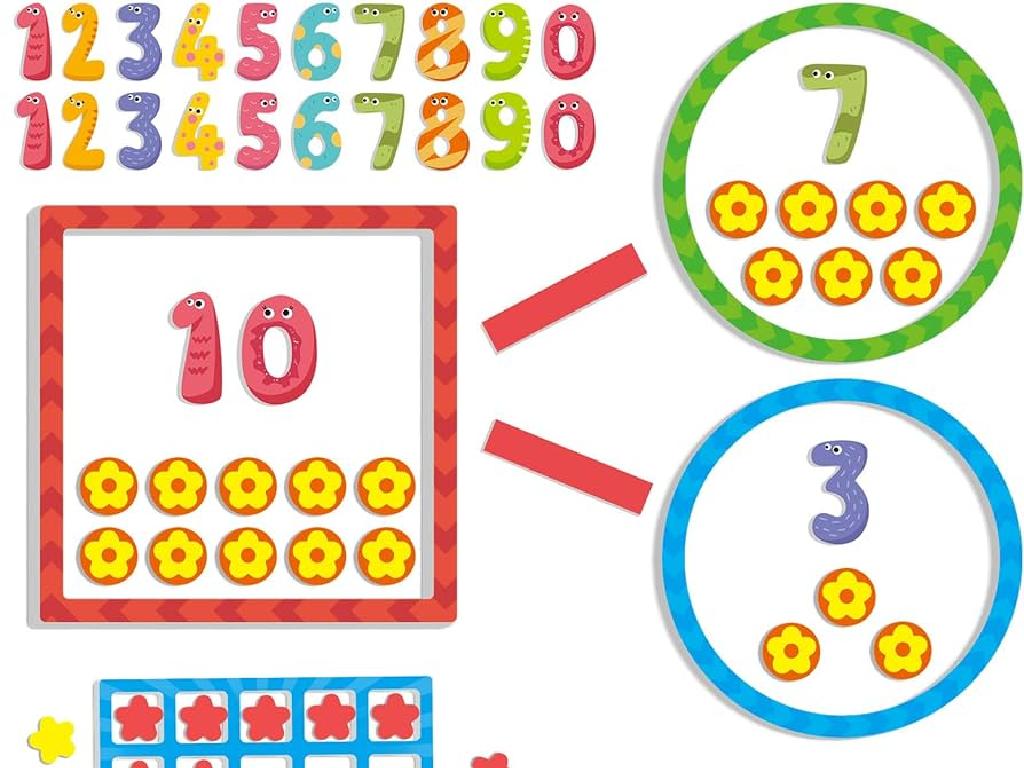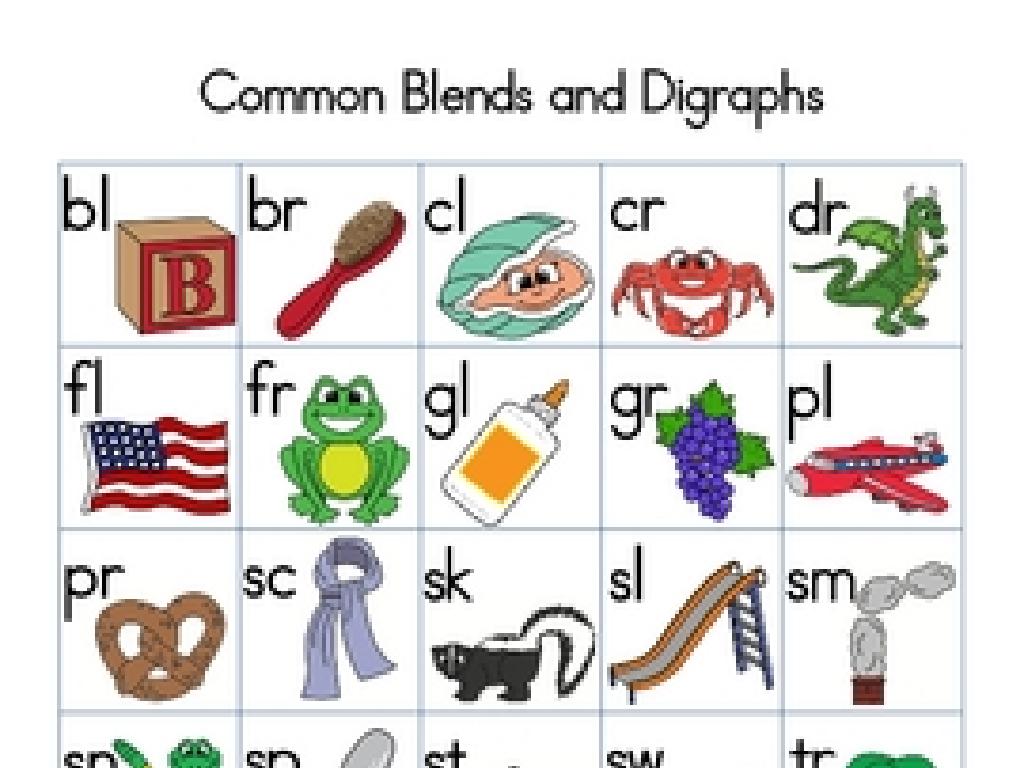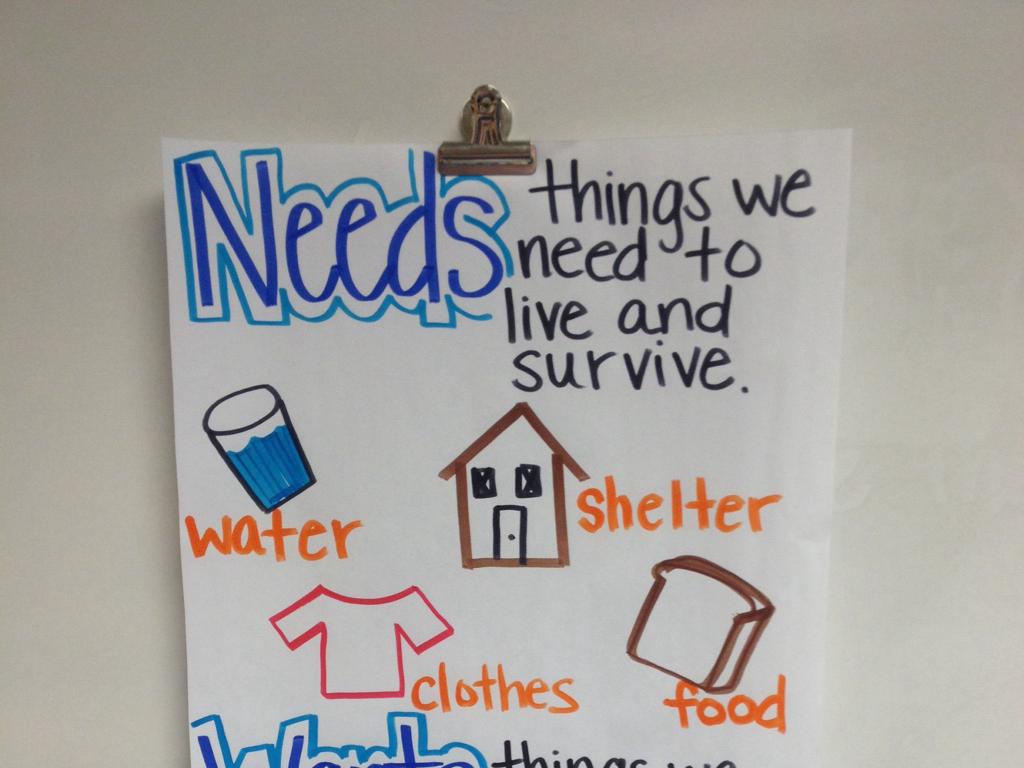Political Participation
Subject: Arts and humanities
Grade: High school
Topic: Ap /College Us Government And Politics
Please LOG IN to download the presentation. Access is available to registered users only.
View More Content
Introduction to Political Participation
– Understanding political participation
– It’s the way citizens engage in shaping their government.
– The significance of your voice
– Each vote or voice can influence policy and leadership.
– Various forms of participation
– Voting, campaigning, civil discourse, and more.
– Encouraging active engagement
– Recognize the power of individual and collective action.
|
This slide introduces the concept of political participation to high school students, emphasizing its importance in a democratic society. Political participation refers to the many ways in which citizens can engage with and influence their government and the political process. Stress the impact of individual voices in shaping policy and leadership, highlighting that every act of participation counts. Discuss various forms of participation, including voting, campaigning, engaging in civil discourse, and joining civic groups. Encourage students to see themselves as active agents of change and to understand the power of their actions, both individually and collectively. Use examples relevant to their age group, such as student council elections or community service, to illustrate these points.
The Importance of Political Participation
– Influence on policy-making
– Active involvement can sway government decisions and policies.
– Empowerment through participation
– Individuals and communities gain voice and agency in political processes.
– Participation sustains democracy
– A participatory populace is crucial for a functioning and responsive democracy.
– Engaged citizens shape society
– Citizens’ involvement in politics leads to a more representative and effective governance.
|
This slide aims to highlight the critical role of political participation in shaping government policies and empowering individuals and communities. It underscores the idea that a healthy democracy relies on the active engagement of its citizens. Discuss how each person’s involvement contributes to the collective decision-making process and can lead to changes at local, state, and national levels. Provide historical examples where political participation has led to significant policy changes. Encourage students to think about ways they can participate in politics, such as voting, campaigning, or joining civic groups, and how these actions contribute to the overall health of their democracy.
Historical Context of U.S. Political Participation
– Key moments in participation history
– Explore significant events that shaped political engagement.
– The struggle for voting rights
– Review the milestones in the fight for suffrage.
– Social movements’ influence
– Assess how protests and activism have swayed policies.
– Understanding historical impact
|
This slide aims to provide students with a historical overview of political participation in the United States. Begin with key moments that have defined the nation’s political engagement, such as the introduction of the secret ballot and women’s suffrage. Discuss the long and ongoing struggle for voting rights, highlighting the 15th and 19th Amendments, and the Voting Rights Act of 1965. Delve into the impact of social movements, such as the Civil Rights Movement and more recent movements like Black Lives Matter, on political participation and policy change. Encourage students to think critically about how these historical events continue to influence political participation today.
Engaging in Political Participation
– Exercise your right to vote
– Voting is a fundamental democratic right and duty.
– Join parties or interest groups
– Align with groups that reflect your political views and goals.
– Take part in protests and rallies
– Public demonstrations can influence policy and public opinion.
– Reach out to representatives
– Direct communication can impact lawmakers’ decisions.
|
This slide aims to educate high school students on the various methods of political participation within the framework of U.S. government and politics. Emphasize the importance of voting as a cornerstone of democracy and encourage students to register and participate in elections. Discuss the role of political parties and interest groups in shaping policy and representing citizens’ interests. Highlight the impact of protests and rallies in bringing about social and political change. Lastly, stress the importance of contacting elected representatives to voice opinions on legislation and community issues. Provide examples of each form of participation and encourage students to think about how they can become active participants in their own government.
Barriers to Political Participation
– Understanding voter suppression
– Tactics used to deter or prevent voting, e.g., strict ID laws, voter purging.
– Impact of socioeconomic factors
– How income, education, and occupation affect political involvement.
– Legal and institutional hurdles
– Discuss barriers like registration laws and gerrymandering.
– Strategies to overcome barriers
|
This slide aims to educate high school students on the various obstacles that can impede political participation. Voter suppression includes methods that discourage or prevent people from exercising their right to vote. Socioeconomic factors such as wealth, education level, and job status can significantly influence an individual’s likelihood to participate in politics. Legal and institutional hurdles include complex voter registration processes and districting practices like gerrymandering that can disenfranchise voters. It’s crucial to discuss these barriers to understand the full landscape of political participation and to explore potential strategies for overcoming these challenges to ensure a more inclusive democracy.
Youth and Political Participation
– Influence of the youth vote
– Young voters have the power to sway election outcomes and policy priorities.
– Youth shaping political landscape
– Through activism and social media, young people are redefining political engagement.
– Pathways for student involvement
– Volunteering in campaigns, joining youth wings of political parties, or participating in student government.
– Encouraging active citizenship
– Schools can foster a culture of participation through civic education and encouraging voter registration.
|
This slide emphasizes the significant impact that young people have on politics through their voting power and active engagement. Highlight the importance of the youth vote in recent elections and how it has the potential to influence policy decisions. Discuss the various ways in which young people are currently involved in politics, such as through social movements and digital platforms. Provide practical suggestions for how students can begin to participate in the political process, including involvement in local campaigns or school-based activities. The goal is to inspire students to recognize their potential as changemakers and to take the first steps towards becoming active, informed citizens.
Case Study: The Civil Rights Movement
– Effective political participation
– The movement is a prime example of how organized efforts can lead to significant political change.
– Strategies of Civil Rights activists
– Nonviolent protests, legal challenges, and civil disobedience were key strategies.
– Long-term impacts on politics
– Voting rights laws changed, and representation in government increased.
– Societal changes post-movement
– Shifts in societal attitudes and the passage of anti-discrimination laws.
|
This slide examines the Civil Rights Movement as a pivotal example of political participation that led to profound changes in American politics and society. Highlight the effectiveness of the movement’s strategies, such as nonviolent protests, which included the Montgomery Bus Boycott and the March on Washington. Discuss the long-term political impacts, including the Voting Rights Act of 1965 and the Civil Rights Act of 1964, which reshaped U.S. politics by outlawing discriminatory voting practices and segregation. Emphasize the societal changes that followed, such as improved civil liberties and the ongoing fight for equality. Encourage students to think critically about how these historical events continue to influence political participation today.
Class Activity: Mock Election Experience
– Participate in a voting simulation
– Comprehend informed voting significance
– Understanding the impact of each vote and the need for voter education
– Reflect on the mock election process
– Consider what went well and what could be improved in the voting process
– Engage in a post-election discussion
– Share thoughts on the experience and the value of voting in a democracy
|
This class activity is designed to simulate the voting process to give students a hands-on understanding of political participation. The mock election will involve students taking on roles as voters, candidates, and election officials. The goal is to highlight the importance of being an informed voter and the impact of each individual’s vote. After the activity, students will reflect on their experience, discussing what they learned about the voting process, the importance of informed voting, and how the experience might influence their future participation in elections. Teachers should prepare different roles for students, set up a voting booth, and create ballots. Possible variations of the activity could include debating on real-world issues, creating campaign posters, or researching the platforms of mock candidates.






